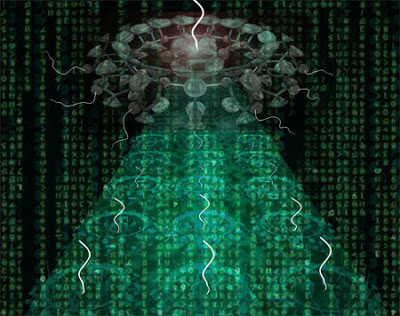Artificial Intelligence ? You’re soaking in it.
You’re soaking in it. This phrase was popularized by a television commercial campaign for Palmolive dish washing detergent. Madge, a manicurist, would comment on the dry, rough appearance of her client’s skin as she worked on one hand while the other soaked in a bowl of light green liquid. The client would ask her advice; …





